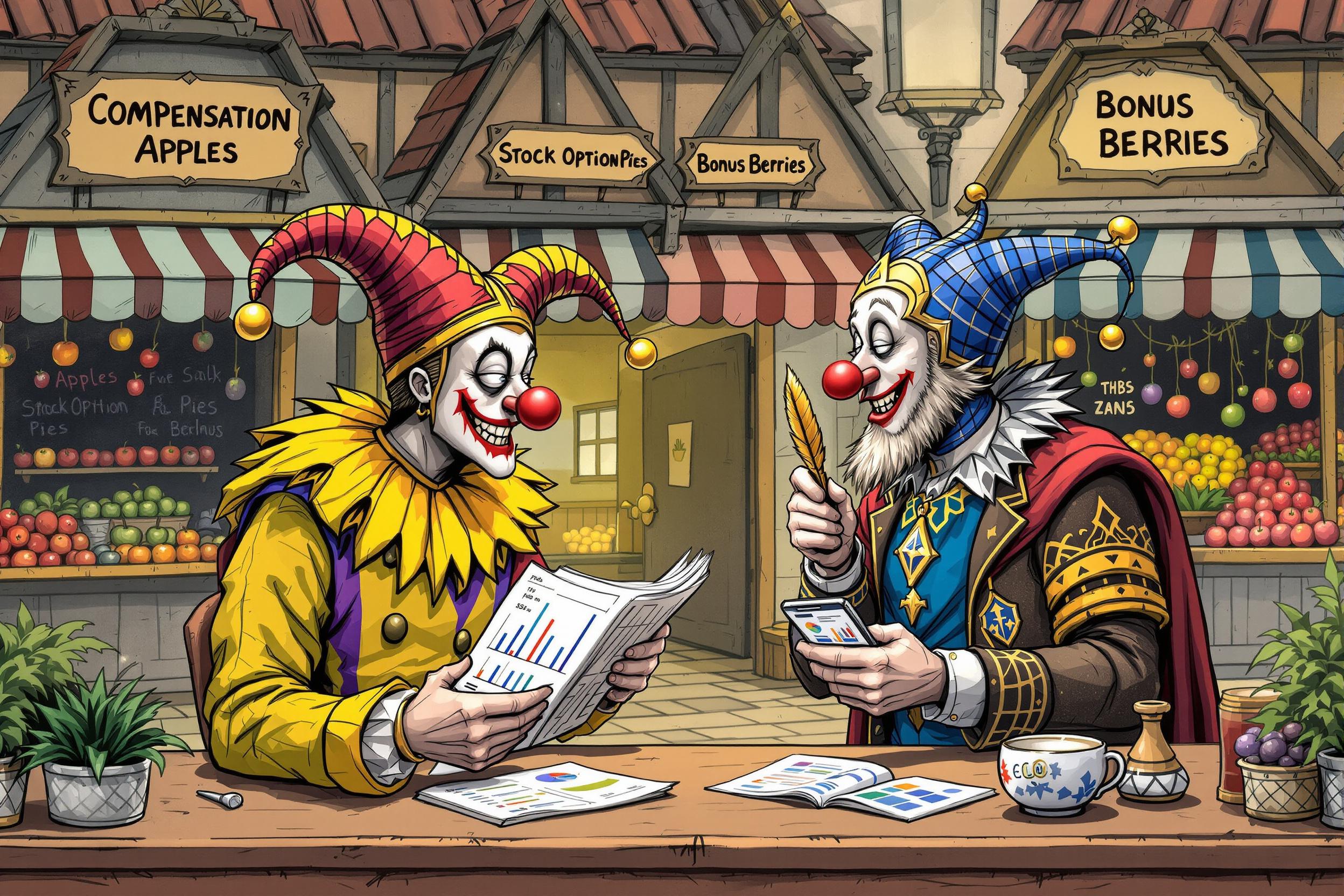
Art Valuation
Art Valuation is the process of determining the fair market value of artworks and collectibles. It's like being a detective and appraiser combined - professionals in this field examine artwork to determine its worth based on factors like artist reputation, condition, authenticity, and market trends. Think of it as similar to how real estate agents assess property values, but for art. This skill is essential in art galleries, auction houses, museums, and insurance companies. Related terms you might see include "art appraisal" or "artwork assessment."
Examples in Resumes
Conducted Art Valuation for private collections worth over $2M annually
Performed Art Appraisal services for insurance purposes on modern and contemporary artworks
Led Art Valuation training workshops for junior gallery staff
Typical job title: "Art Appraisers"
Also try searching for:
Where to Find Art Appraisers
Professional Organizations
Job Boards
Professional Networks
Example Interview Questions
Senior Level Questions
Q: How do you handle complex valuation cases where there's limited market data available?
Expected Answer: A senior appraiser should explain their methodology for researching comparable sales, consulting multiple sources, and using their network of experts. They should mention how they document their decision-making process and defend their valuations.
Q: Tell me about a time when you had to revise a valuation due to new information. How did you handle it?
Expected Answer: Should demonstrate professional integrity, explain their process for updating valuations, and how they communicate changes to clients and stakeholders professionally.
Mid Level Questions
Q: What factors do you consider when valuing contemporary artwork?
Expected Answer: Should mention artist reputation, exhibition history, condition, provenance, size, medium, market trends, and recent comparable sales. Should explain how these factors influence value.
Q: How do you stay current with art market trends?
Expected Answer: Should discuss following auction results, attending art fairs, reading industry publications, networking with colleagues, and maintaining relationships with galleries and dealers.
Junior Level Questions
Q: What's your process for documenting an artwork's condition?
Expected Answer: Should describe basic condition reporting procedures, including photography, measuring, noting damage or repairs, and proper documentation methods.
Q: How do you verify an artwork's authenticity?
Expected Answer: Should explain basic authentication steps like checking signatures, documentation, provenance research, and when to consult senior colleagues or specialists.
Experience Level Indicators
Junior (0-2 years)
- Basic condition reporting
- Research and documentation
- Understanding of art history
- Basic market research
Mid (2-5 years)
- Independent valuations
- Market analysis
- Client relationship management
- Authentication assessment
Senior (5+ years)
- Complex valuation cases
- Expert witness testimony
- Team leadership
- Market trend analysis
Red Flags to Watch For
- No formal art history education or relevant certification
- Lack of knowledge about major art markets and auction houses
- Unable to explain basic valuation methodologies
- No experience with condition reporting or documentation
Related Terms
Need more hiring wisdom? Check these out...

The Hidden Art of Salary Negotiation: How to Win Hearts Without Going Broke

Unlocking the Competitive Edge: Benchmarking Your Talent Acquisition Metrics

Cutting HR Costs Without Sacrificing Quality: A How-To for Savvy Executives

